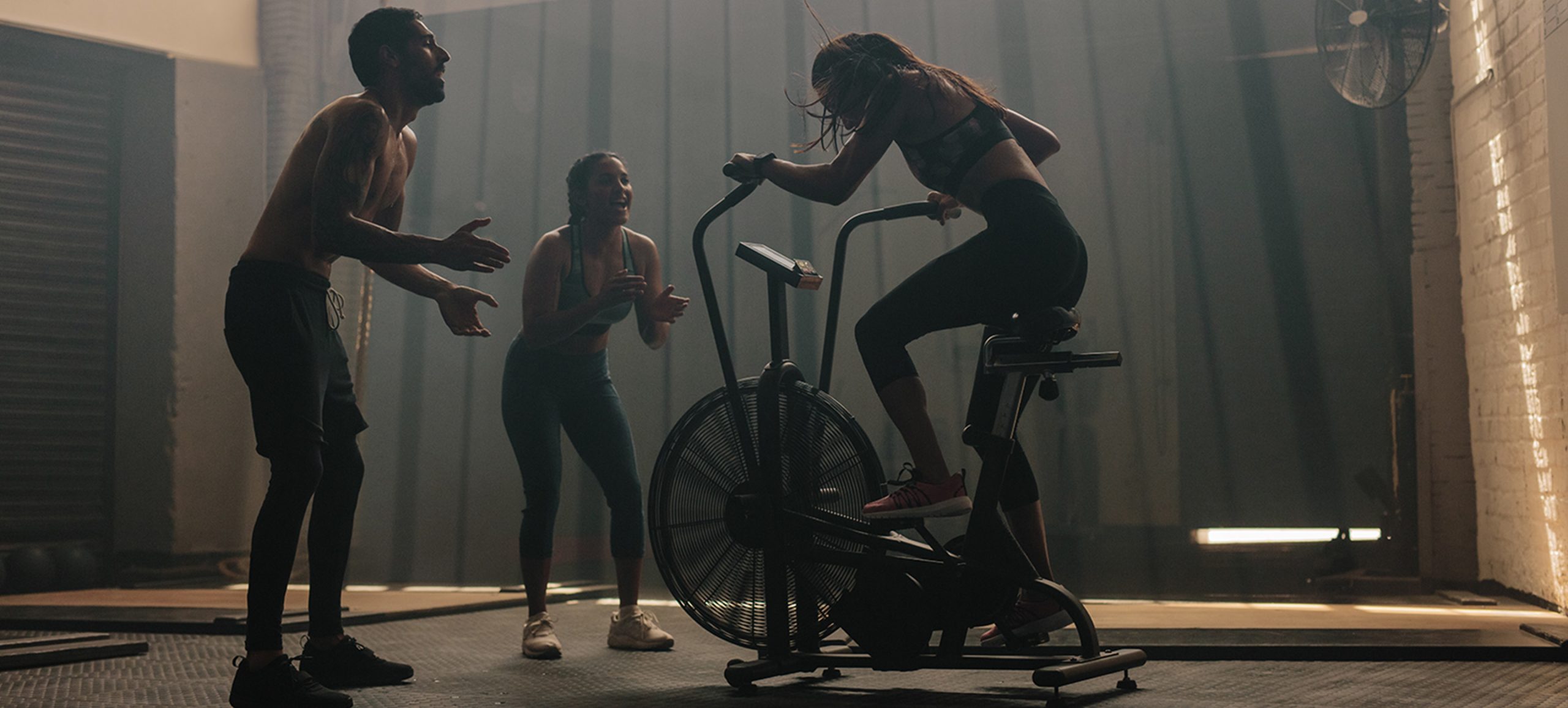Making fitness, luxurious
In the shifting landscapes of urban lifestyles, there is a new concept; a “third place” – a space beyond home and work where individuals can relax, engage and rejuvenate. Luxury sports brands and high-end gyms are tapping into this growing demand by crafting spaces that not only promise physical wellness but also a luxurious refuge from the daily Hedge Fund grind.
These establishments are setting themselves apart by creating environments that combine exclusivity, community and a unique brand ethos, making every visit an experience rather than a routine.
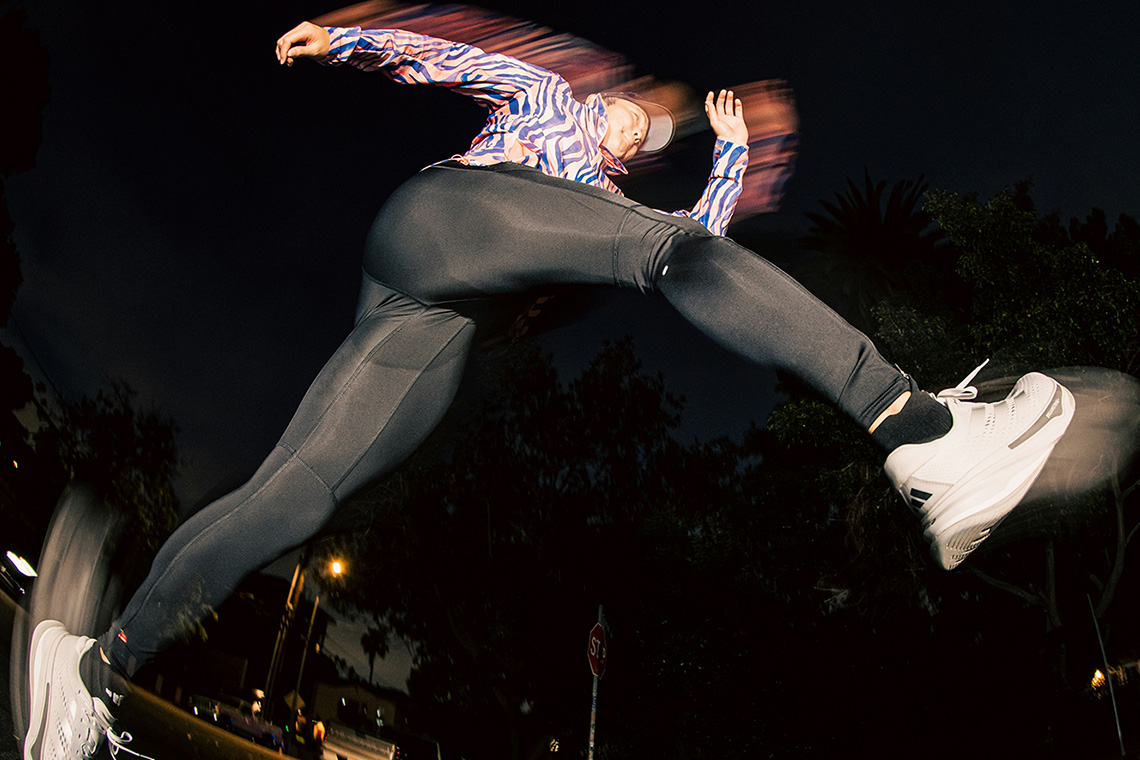
The health and fitness club market is poised for a remarkable expansion, projected to soar from $124.7 billion in 2024 to a staggering $302 billion by 2034, achieving a robust annual growth rate of 9.2%.
This surge is fuelled by the rising popularity of boutique fitness studios and a heightened collective consciousness about health, amplified by the pervasive influence of social media and influencer culture.
This is a golden era for the fitness industry, as it adapts to lifestyle shifts and paves the way for new levels of tailored wellness experiences. Technological integration through AI and Machine Learning is helping revolutionise the industry, offering instantaneous personalised fitness and nutritional strategies to meet the sophisticated demands of today’s health-conscious consumers.
Strategic positioning in the luxury fitness market
Luxury fitness brands such as Equinox, Lanserhof at The Arts Club, and Rapha Cycling Club have masterfully positioned themselves at the intersection of excitement and exclusivity.
Equinox thrives in a yin and yang concept of calm and stimulation, offering an escape with its spa-like amenities juxtaposed with rigorous, cutting-edge workout classes. Which we should point out are not for the faint of heart.
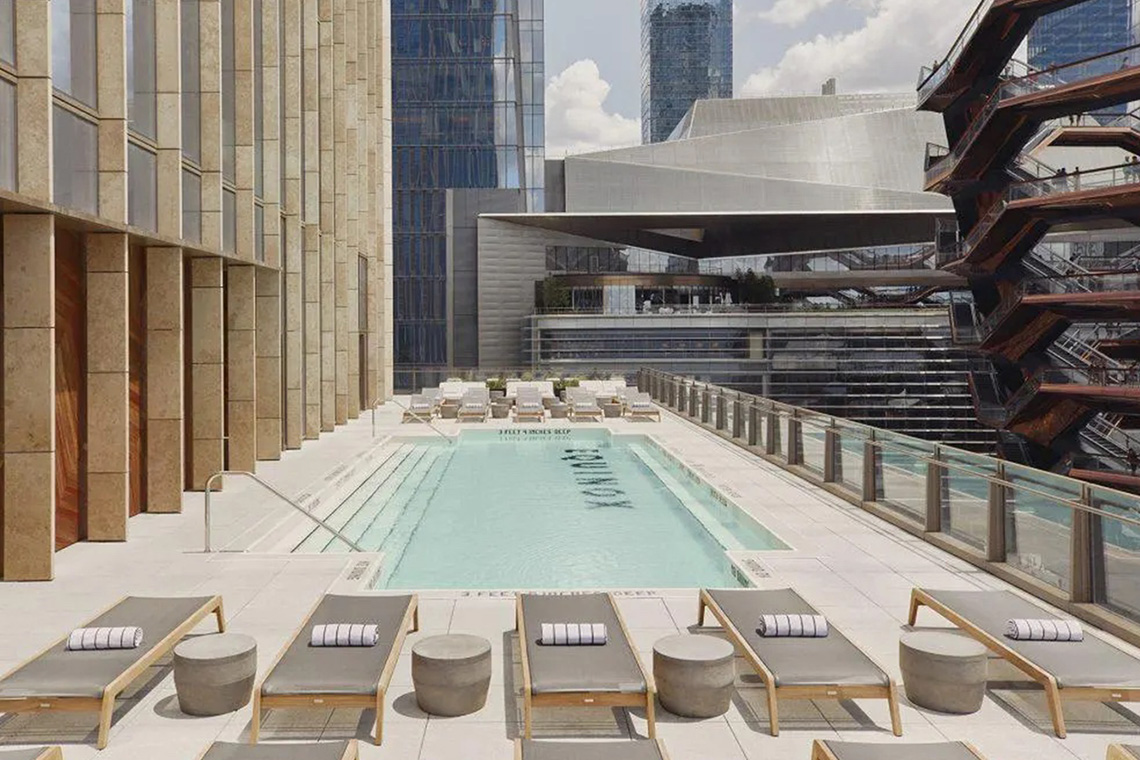
Lanserhof, on the other hand, focuses more on tranquillity and exclusivity, blending medical wellness with luxury in a serene environment that promises more than just physical health benefits, it offers a holistic lifestyle upgrade to its clients. The partnership between The Arts Club and Lanserhof introduces a blend of luxury fitness with artistic elegance, appealing to those who see fitness as an integral part of a culturally rich lifestyle within their own personal community. Obviously, it’s not a flex without mentioning where you do hip flexors while vacationing on a yacht in Monaco!
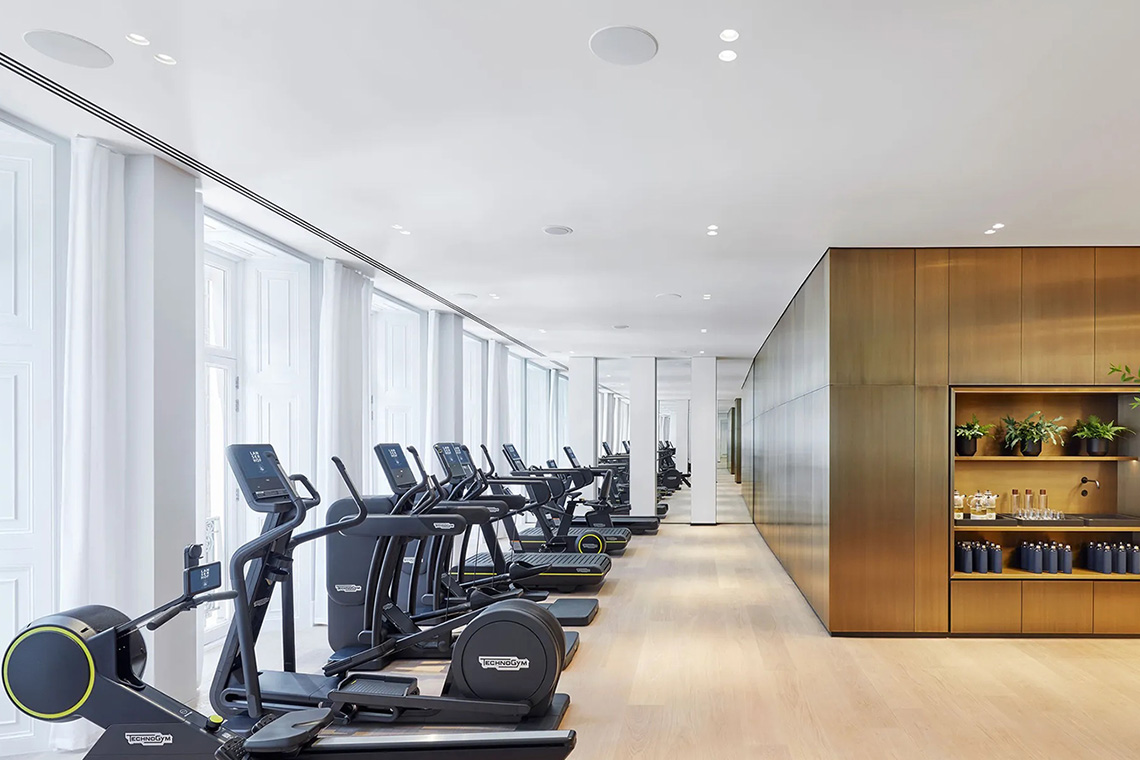
Rapha, while it’s been on the scene for a while, puts more emphasis on the community and shared passion of cycling. With clubhouses worldwide, Rapha isn’t just selling a membership, it’s offering an entry into a global community of cycling enthusiasts.
It doesn’t just promote cycling as a form of exercise but as a part of a chic, eco-conscious lifestyle that values both health and environmental sustainability. This approach taps into the cultural narrative of cycling not just as a sport but as a part of one’s identity and lifestyle: you are a ‘cyclist’. This is particularly appealing as consumers seek deeper, more meaningful connections to their fitness regimens.
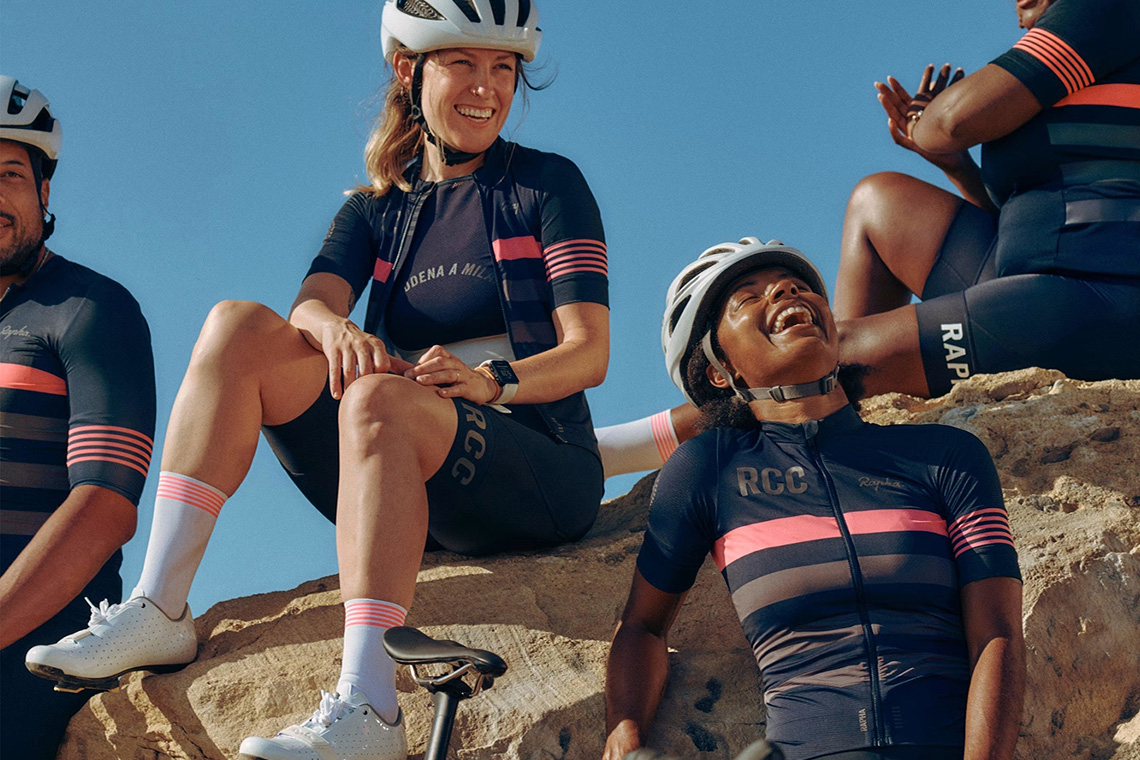
Marketing tactics: Creating aspirational experiences
The marketing strategies employed by these brands almost always focus on creating an idealised image that resonates with the identities and aspirations of their target audience. Whether that’s tapping into ritual and community aspects or more of a ‘club’ of members to be associated with. At the core, it paints a picture of the person.
Third Space uses its central London locations and association with celebrities to bolster its image as the fitness hub for the elite, becoming a status symbol. The ‘posh’ fitness brand is known for its opulence and high-profile clientele such as Prince Harry, David Beckham and Guy Ritchie.
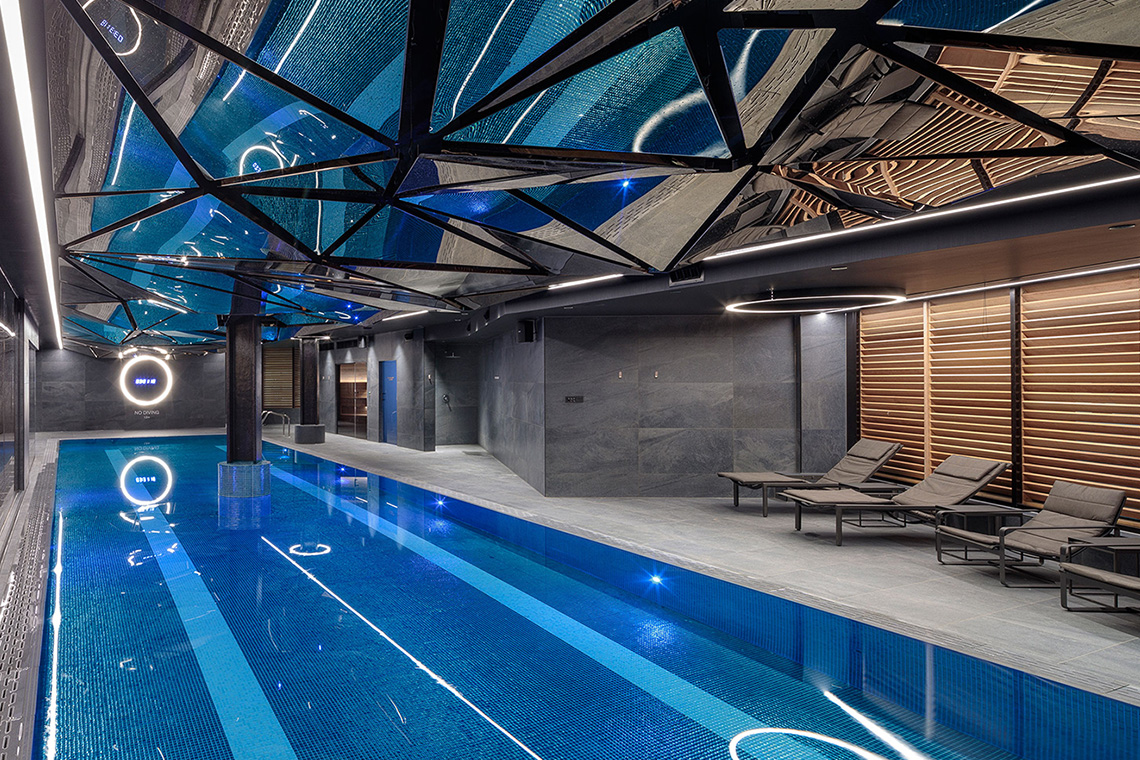
1Rebel and BLOK, on the other hand, appeal to those seeking both an accessible form of luxury and a ‘social club’ experience, respectively, by emphasising their unique class experiences and top-tier amenities. Labelling itself as “the King of Gyms”, 1Rebel is where nightclub meets fitness studio. With its curated soundscape, the gym is an immersive experience that’s just as much psychological as it is physical.
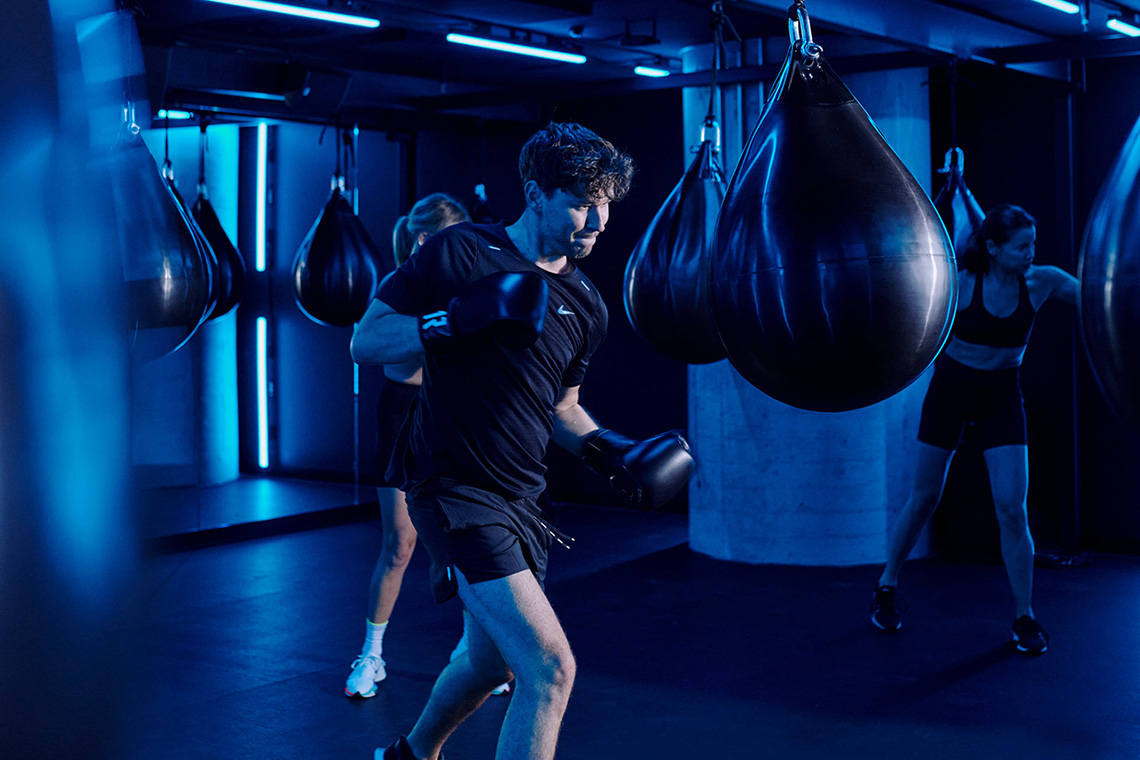
These brands are strategically using immersive storytelling to elevate their offerings. From the adrenaline-pumping, nightclub-like atmosphere of 1Rebel’s fitness classes to the meticulous attention to detail in Lanserhof’s health treatments, each brand crafts a unique narrative. This not only enhances the perceived value of their services but also solidifies their place as leaders in the luxury wellness market, setting core brand values rather than following trends.
The role of aesthetics and service in luxury fitness
Luxury fitness brands also invest heavily in aesthetics and personalised service to create a sense of exclusivity and bespoke care. Facilities are designed with impeccable attention to detail, marrying functionality with luxury, be it through opulent interiors or the avant-garde design of studios becoming its own chapel experience when entering.
Positioned as a unisex brand, SKŌUD Cosmetics stands out in a saturated market by offering a product line that transcends traditional gender norms, appealing to a broad demographic interested in premium, scientifically-backed skincare solutions.
This strategic positioning is reflective of the broader trends discussed in the article, where luxury brands are not just selling products but are curating an aspirational lifestyle. SKŌUD’s minimalist, elegant packaging and clear, focused branding resonate with a modern consumer base that values both sustainability and style.

Year Of Ours is a prime example of aligning themselves with the values and lifestyles of their customers. Evolving dynamics within the luxury fitness industry, particularly highlighting the intersection of fashion, functionality and cultural inclusivity.
Year Of Ours’ commitment to empowering women through sport and lifestyle is an excellent reflection of how luxury fitness brands are not only responding to, but also shaping, cultural trends, thereby fostering a strong community around their products.
Catering primarily to a female audience, this Los Angeles-based activewear label champions performance, style and versatility. Their focus on high-tech fabrics and contemporary designs enables the seamless transition from workout sessions to everyday activities.
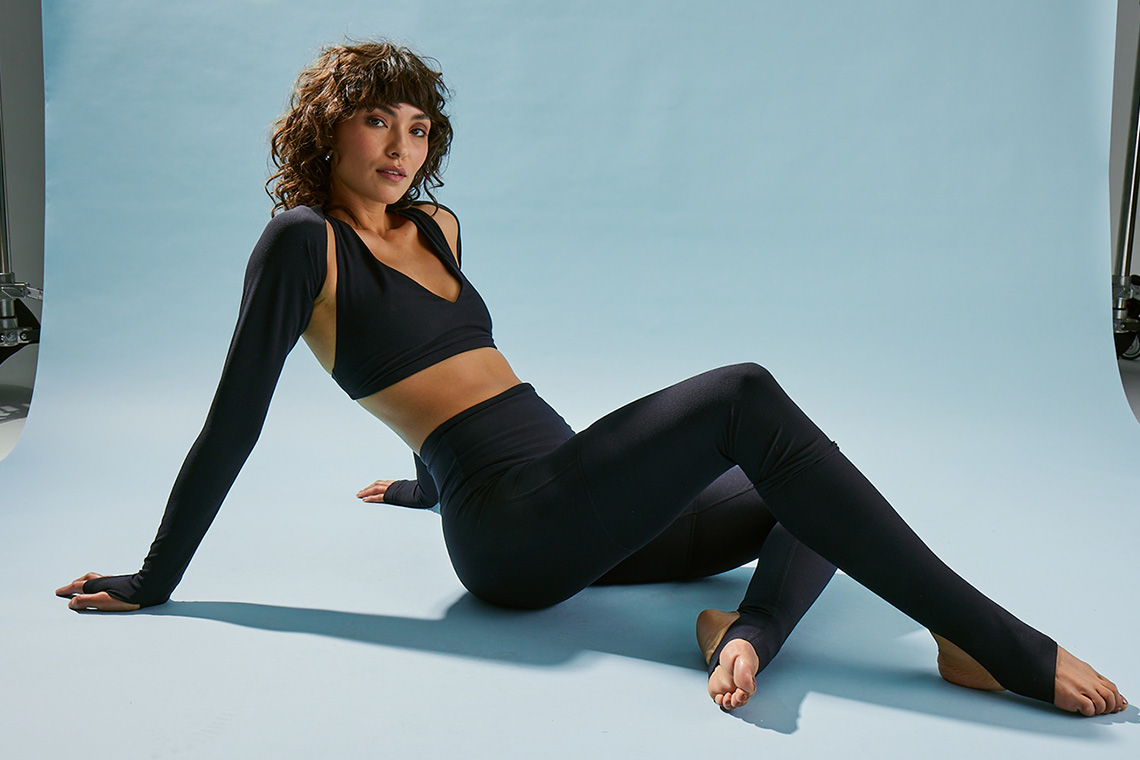
Other services helping drive 1–on–1 connection with their clients is through personalised services, ranging from individual fitness assessments to tailored health plans. It ensures that each customer’s unique needs and wellness goals are met, enhancing the overall experience and capturing brand loyalty.
Cultural codes: Decoding the symbols that drive consumer behaviour
Luxury fitness brands are expertly forging cultural connections with their customers by aligning their offerings with broader lifestyle aspirations and values. Essential in appealing to the premium and luxury market.
These consumers are not just looking for premium services, they are seeking experiences that resonate with their personal identities and cultural narratives.
Brands in the space frequently collaborate with high-profile designers, trainers and icons, creating collections and spaces that reflect contemporary design trends and cultural motifs. Just like the recent collaboration of Zendaya and On Running, iconic right?
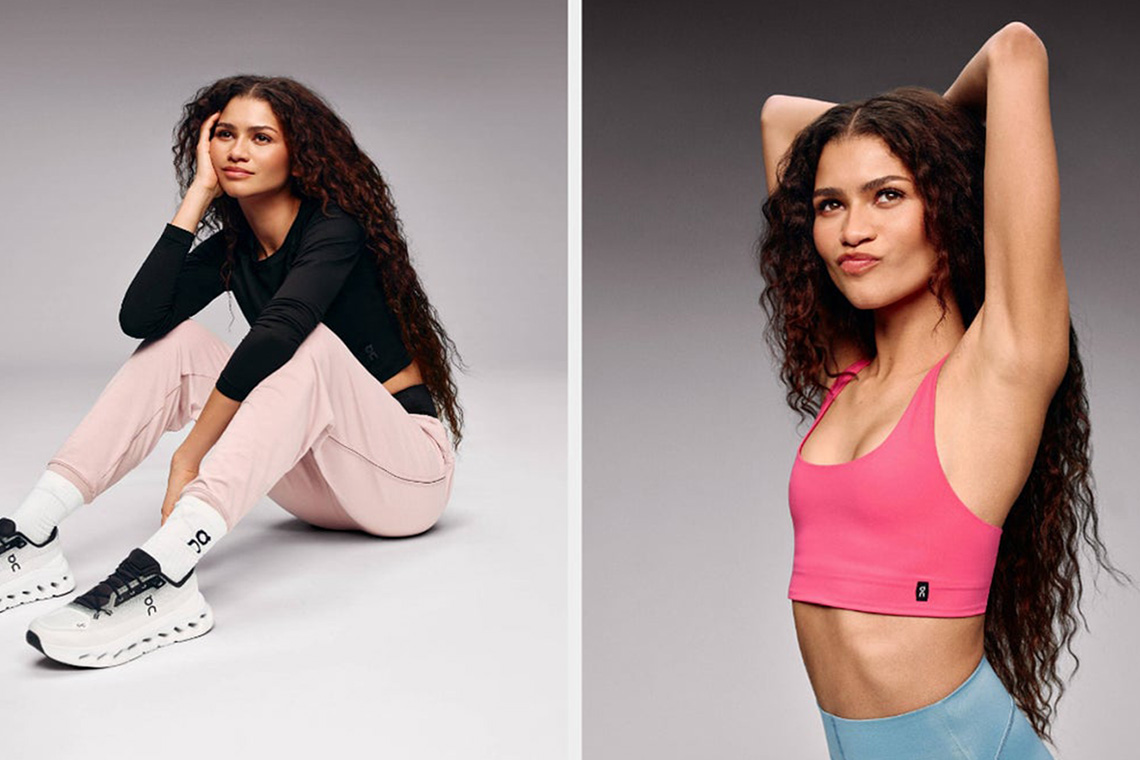
This not only enhances the aesthetic appeal of their products and facilities but also connects with a sophisticated clientele that appreciates art, design and fashion.
By integrating these cultural elements, luxury fitness brands enrich their appeal and embed themselves within the lifestyles of their elite clientele, ensuring that they are not just participating in the culture but actively shaping it.
In summary
As consumers increasingly look for brands that offer more than just products or services but also embody a lifestyle and set of values, the future of luxury sports brands and gyms are well-positioned to capitalise on this rising trend within people’s lifestyle.
By offering a blend of community, exclusivity, and personalised experiences, they not only meet the current demands of the market but are also setting the stage for the future of luxury wellness. A future where fitness is synonymous with luxury, culture, and community.
Image Source & Credits:
- Venti Views: Unsplash
- Equinox: Forbes
- Lanserhof at The Arts Club
- Rapha Cycling
- Third Space: Studio RHE
- 1Rebel: Design Anthology
- SKŌUD Cosmetics
- Year Of Ours: WWD
- Zendaya X On Running: Complex
